Heat Dome
Another hot and humid day is ahead, with a potential for a stormy end, though uncertainty remains high.
The weather pattern over eastern North America is referred to in the meteorological community as a heat dome. This name comes from the upper atmosphere map, which shows a large high pressure acting like a dome by pushing the jet stream far to the north.

Beneath this dome, temperatures can soar, hence the name heat dome.
Along the edge of the dome, small disturbances in the atmosphere meander along, interacting with the heat and humidity to cause thunderstorms.
I oftentimes mention the difficulty in pinpointing small disturbances that are rotating around a large low pressure system, and this scenario is no different. These small perturbations in the atmosphere are subtle and weak and are frequently enough little more than leftover energy from previous thunderstorm complexes.
Yesterday, one such disturbance moved directly through our area, producing thunderstorms and severe weather. Today, another disturbance will pass by to our west, mainly staying over Michigan and then lifting northeast into Canada.
Will this result in enough downstream energy to pop thunderstorms in our area, likely in collaboration with some influences from our varying terrain? The models are mixed on the possibility, and while I lean on the side of fewer storms with the disturbance so far to the west, it really is a razor thin margin.
Like yesterday, if any storms fire, damaging winds will be possible simply because there is so much energy in the atmosphere from the heat and humidity. Flash flooding is also a concern because of the high moisture content of the atmosphere and the lack of winds to move the storms along.
The best chance for storms will be after 4 PM, leaving plenty of time for temperatures and heat indices to rise. Most areas should see higher temperatures than yesterday, with widespread low 90s. Many of the valleys and urban areas will push into the mid 90s.
Heat index values will be highest across the northern tier of the region, especially along the I-90 corridor, where dewpoints will be slightly higher. These areas will see heat indices at or above 100 degrees, while the rest of the region sees mid and upper 90s.
Showers and storms may continue to be possible overnight and even into early Wednesday, depending on how the upstream thunderstorms develop this afternoon. Overnight lows will only make it into the low and mid 70s.
Wednesday will be similar, though at this time, there does not appear to be any nearby disturbances to trigger thunderstorms. That could change, again depending on how today’s storms develop over the Midwest and Upper Great Lakes.
Temperatures should be as hot tomorrow as today, unless there are clouds and showers about in the morning that get the heat off to a slower start. Local variations are also always a factor, so some areas may see today hotter than tomorrow, or vice versa.

Eroding the Heat
By Thursday, the heat dome will be shrinking somewhat, placing our region more on the edge and increasing the chances for disturbances to pass through.
Several more potent areas of atmospheric energy are expected during the late week period, starting on Thursday. This should result in a continued daily chance for showers and thunderstorms and gradually cooling temperatures.
Strong winds and flash flooding will be a concern with any storms, and the Storm Prediction Center is already highlighting our area for a Level 1- Marginal risk on Thursday, just as they did for yesterday’s thunderstorms and are again for today’s storms.
Showers and storms seem especially likely on Friday, though they may focus more on the morning hours. This should prevent most areas from hitting 90 degrees, though it will still be plenty warm and very humid.
Scattered showers and storms look likely into Saturday and Sunday with highs remaining in the upper 80s. A few places may hit 90 degrees, depending on how the thunderstorms evolve.
Overall, next week does not look as hot or humid, but there still may be a day here or there that pushes toward the 90s. Rain looks more likely late in the week than early on.
More Information:
» Finger Lakes Weather Radar
» Zip Code Forecasts
» Get the FLX Weather Mobile App

This graphic represents an average over the entire Finger Lakes region. Localized variations should be expected.
2025 Weather Calendar Photos Needed!
Have you captured the beauty of the weather in the Finger Lakes with a picture in the last year? It isn’t too early to submit for the 2025 FLX Weather Calendar! The photo selection process will be occurring earlier this year, so I am now accepting photos of all weather types and all seasons! Just fill out the easy uploader form to submit your entries. » Submit your photos here! «

